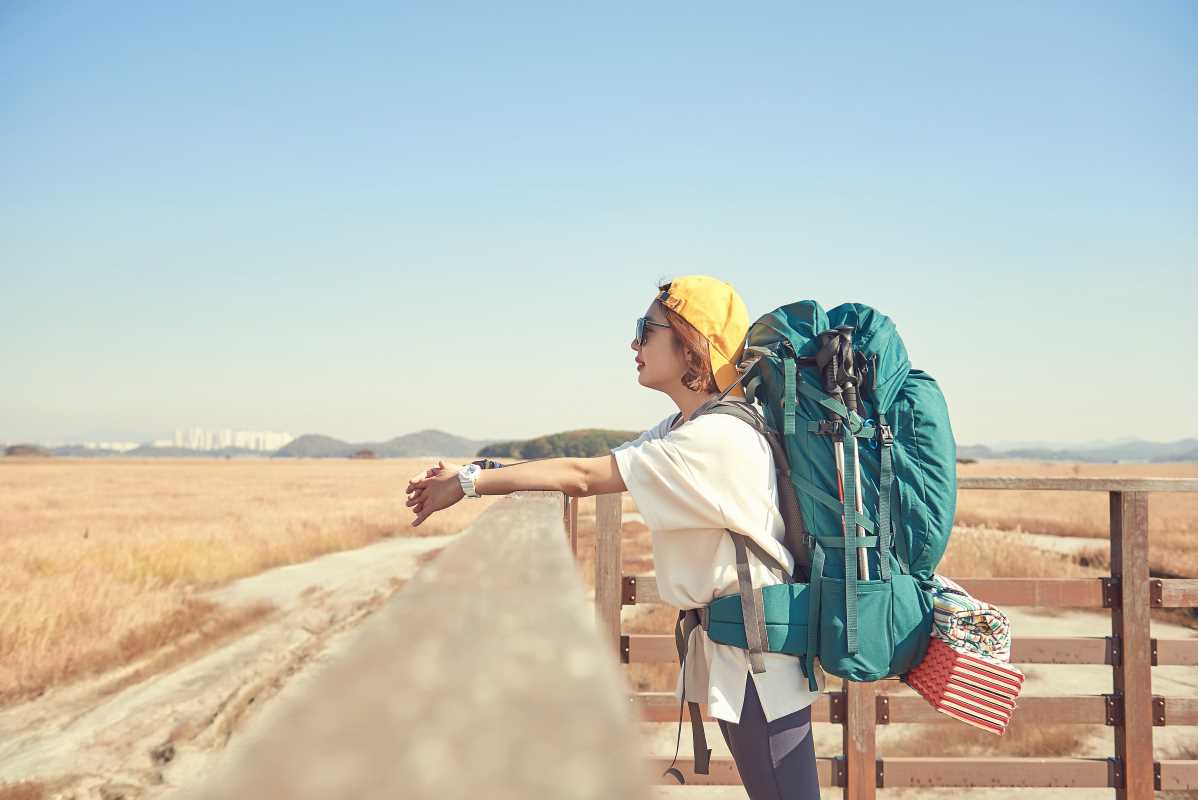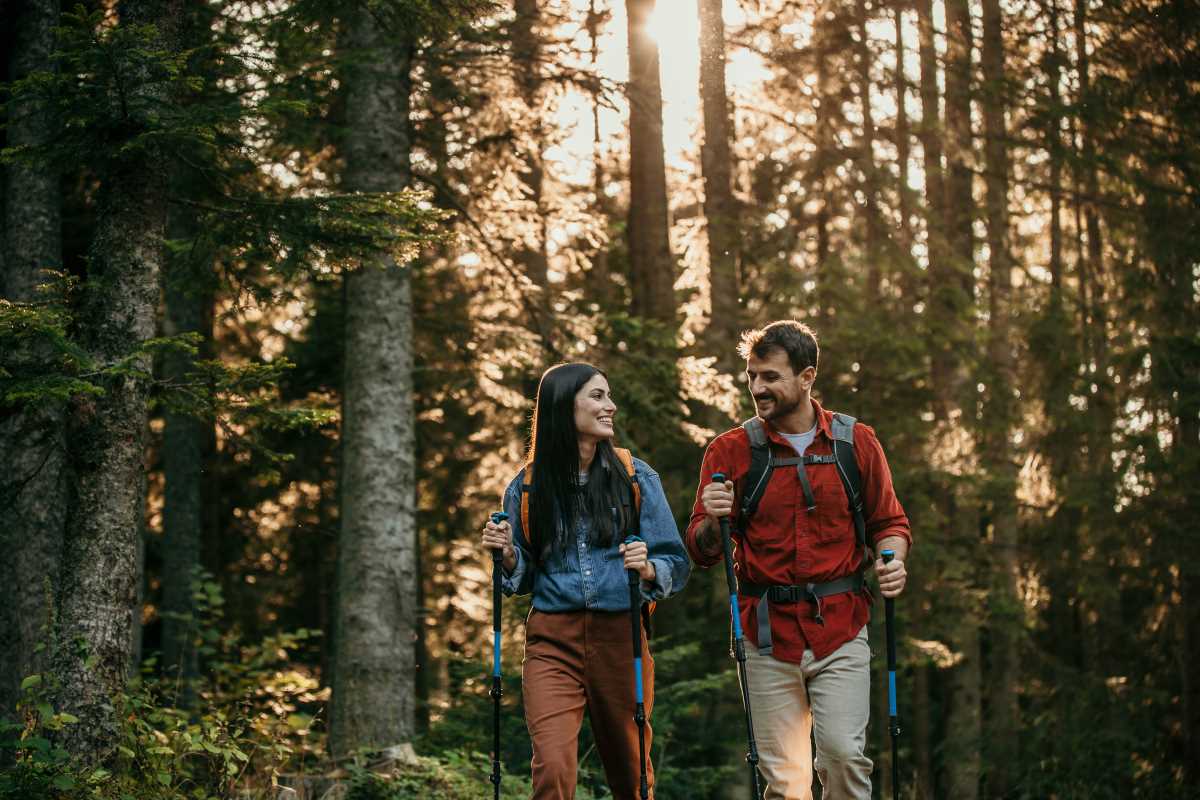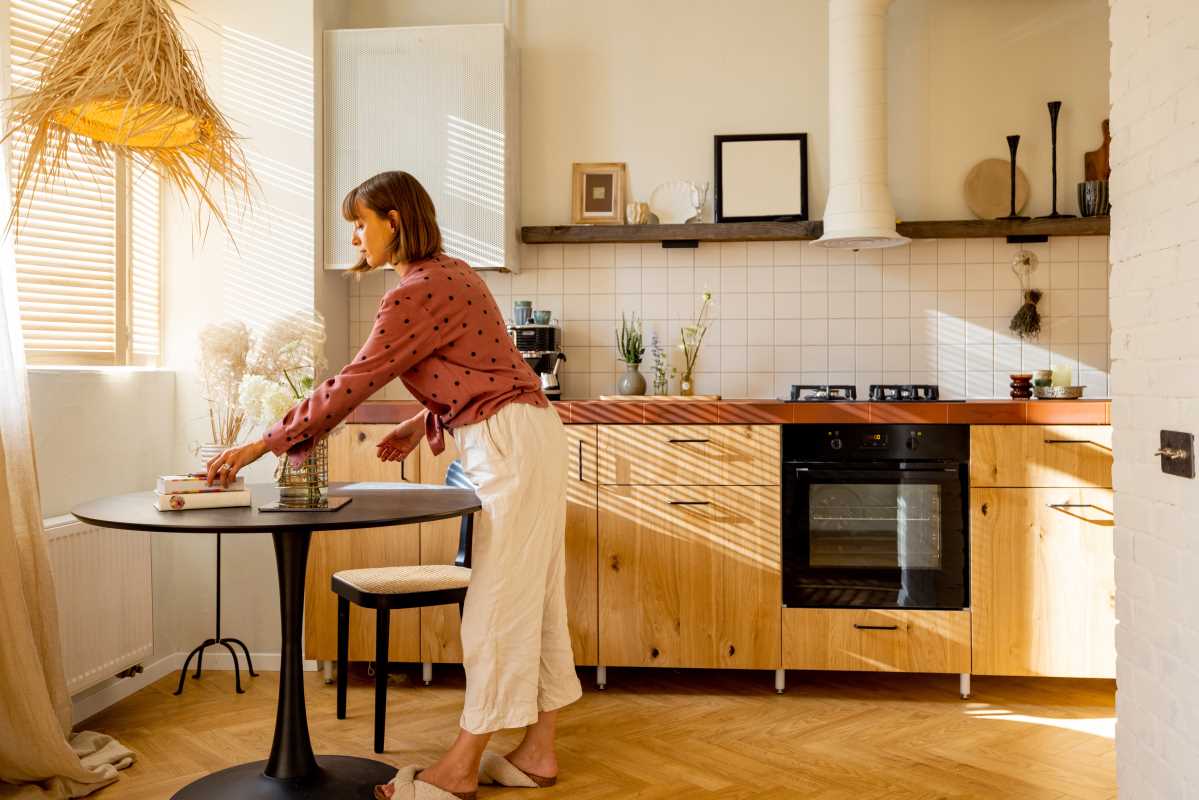Travelers who set out with just the basics quickly discover how much more enjoyable the outdoors can be with a light pack. A thoughtfully packed backpack lets you move easily along the trail, leaving you free to focus on the scenery and the experience rather than the weight on your shoulders. When you bring only what you need, you save time finding your gear and avoid the stress of carrying extra items. This approach not only keeps your load manageable but also helps you appreciate every moment, from sunrise views to peaceful nights under the stars. With careful planning, each hike becomes more comfortable and memorable.
Mastering minimalist packing involves learning to prioritize quality over quantity. By reducing clutter and focusing on multi-functional items, you not only decrease stress but also boost your confidence when venturing into nature. Let's explore practical ways to streamline your backpacking setup and improve your travel experience.
Know the Essentials: What You Really Need
Before you start packing, take a moment to consider exactly what you need for your trip. Stripping your gear down to the fundamentals allows you to save energy and space. It helps you focus on items that serve multiple purposes while making sure you are well-prepared for the unexpected.
Begin by identifying a handful of critical items that provide both comfort and safety on your journey. Making a simple list of must-haves can clarify your packing process and keep your backpack light. Use the list below to guide your choices:
- Sleeping Bag: A compact, weather-appropriate sleeping bag ensures a good night’s rest in all conditions.
- Portable Shelter: A lightweight tent or tarp offers reliable protection from the elements.
- Water Filter: A reliable method for purifying water is essential for maintaining good hydration during long treks.
- Multi-tool: A simple, versatile tool can handle minor repairs and adjustments on the go.
- First-Aid Kit: Keeping a streamlined kit can address common injuries or discomforts without occupying too much space.
Select Multi-Functional Items
Choosing gear that serves more than one purpose reduces your packing list and saves valuable space in your backpack. Investing in versatile items means each piece of equipment contributes to several parts of your trip, from shelter to comfort and modest cooking.
Focus on packing items that offer flexibility and dual uses. Check out these examples of multi-functional gear:
- A jacket that functions as both a raincoat and a windbreaker.
- Convertible pants that easily turn into shorts for varied weather conditions.
- A compact cooking system that provides both a stove and a flame starter.
- A durable scarf that works as a head covering, neck warmer, or even an improvised blanket.
Pack Light: Clothing Tips for Minimalists
Optimizing your wardrobe is key to reducing weight during your backpacking trips. Focus on packing clothing that is comfortable, quick-drying, and blends easily with most other pieces. This way, you can mix and match outfits without carrying extra items.
One useful tip is to plan outfits that transition well from day to night and across different environments.
Make the Most of Your Backpack Space
Using your backpack’s available space efficiently depends on organization and smart packing techniques. Instead of stuffing items randomly, think about how each item can fit snugly and securely. Rolling your clothes and using compression bags are excellent ways to reduce bulk and free up extra room.
Try packing your gear by category. Place items you need often near the top or within easy reach, while heavier items should sit at the bottom to keep your balance. Use small pouches to separate delicate items from rougher gear. You might also organize your pack with smaller compartments or even fold outfits into compact bundles.
Weigh and Test Your Pack Before You Leave
Before your trip starts, make sure your packed backpack meets your expectations. Testing your pack helps you identify any overloaded sections and ensures that weight distribution feels comfortable. Doing a trial run can reveal adjustments necessary for long days on the trail.
Follow this simple checklist to make sure your pack remains manageable and your gear stays secure:
- Check if the weight distribution is even from top to bottom.
- Ensure that items you need frequently are accessible without unpacking everything.
- Test the straps and buckles to confirm they hold comfortably.
- Walk around your home or yard to see if the pack feels balanced and steady.
Packing only essentials and refining your process leads to a smoother, more enjoyable backpacking experience. Choose gear that truly matters, and enjoy the freedom of minimalist travel.
 (Image via
(Image via





